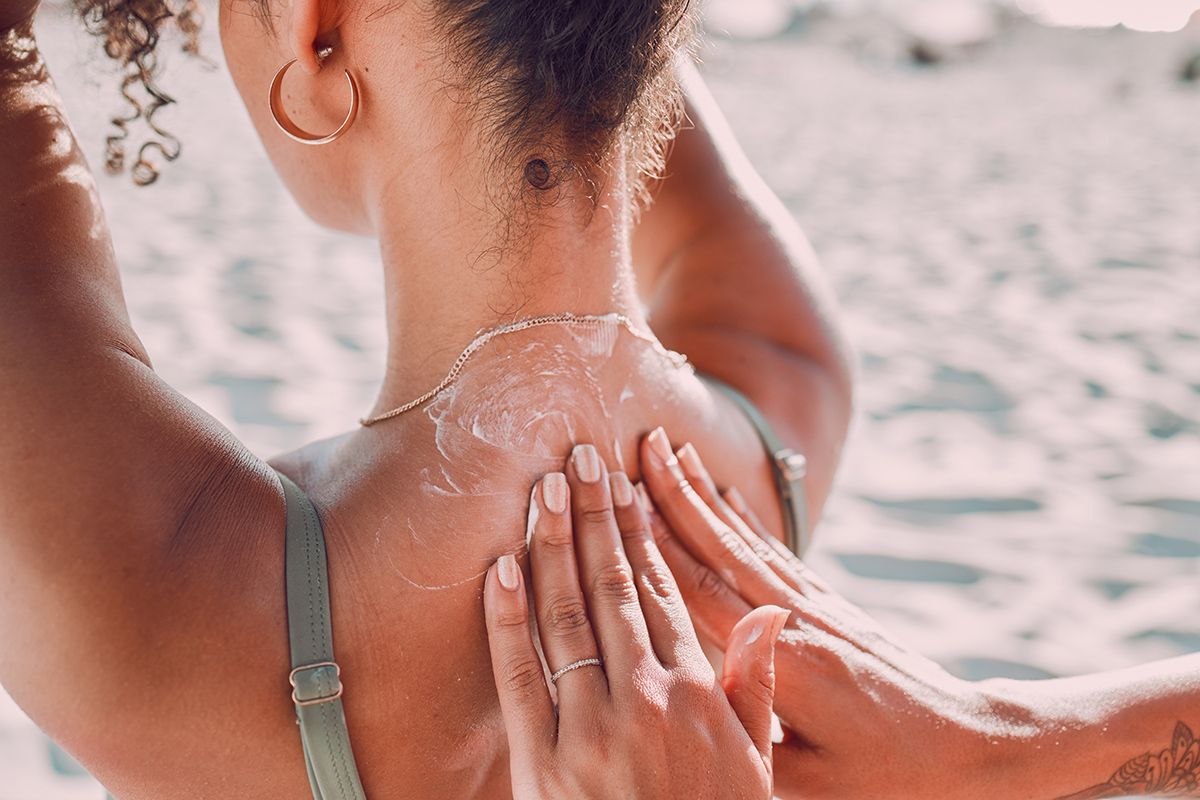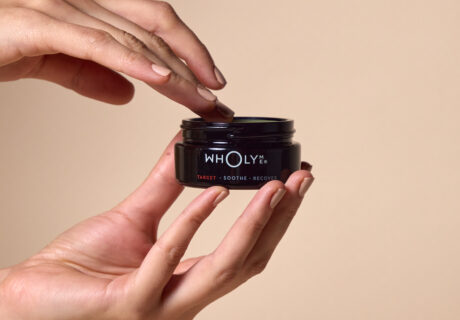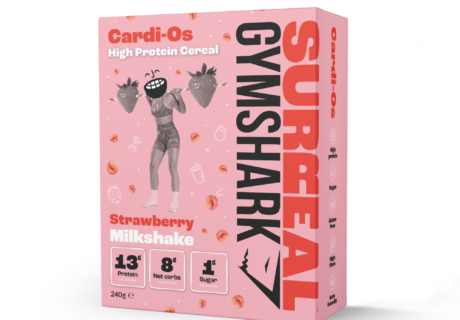Choosing sunscreen is essential to protect our skin from the harmful effects of ultraviolet (UV) radiation. However, according to a recent study , UK consumers are largely misinformed on how to protect their skin from the sun, which presents a huge opportunity to educate and assist in the prevention of sun-related skin damage. In a market saturated with options, making an informed decision can be difficult. That’s why, in this article, NATRUE offers four key considerations before buying a natural sunscreen, based on the principles and recommendations of the NATRUE standard for natural and organic cosmetics.
1. Understanding SPF and broad-spectrum protection
First, it is important to understand that there are two types of UV rays: UVA and UVB. They are easy to remember because of their effects on the skin: “A” for “Ageing” and “B” for “Burning”. UVA rays do not leave visible marks, as they activate the existing melanin in the skin, causing a short-lasting tan, but are associated with premature ageing and skin problems. On the other hand, UVB rays cause sunburn by penetrating deeper into the skin, causing cell damage, and are associated with skin cancer.
The sun protection factor (SPF) measures the effectiveness of a sunscreen in protecting the skin from UV rays, usually only UVB rays. Contrary to what some believe, a higher SPF indicates more protection and is not related to the frequency or duration of reapplication. For example, an SPF of 50 means that it will take 50 times longer for the skin to burn than without protection, underlining the importance of proper application.
– Water resistance is an important feature to consider, especially if you plan to swim, spend a day at the beach or sweat a lot
Bearing in mind that not all sunscreens may protect against both types of UV radiation, NATRUE emphasises the need to choose products that offer broad spectrum protection (UVA and UVB), as a sunscreen that protects against both types of rays is essential for complete protection.
Practical advice: Choose a sunscreen with the right SPF for your skin type and intensity of sun exposure! Apply sunscreen 20-30 minutes before exposure and reapply constantly, and we recommend avoiding the hottest hours – usually between 11 am and 4 pm. Also, if you have babies or children in your care, try not to expose them to too much sun and apply high SPF (e.g., 50) if they do spend time in the sun.
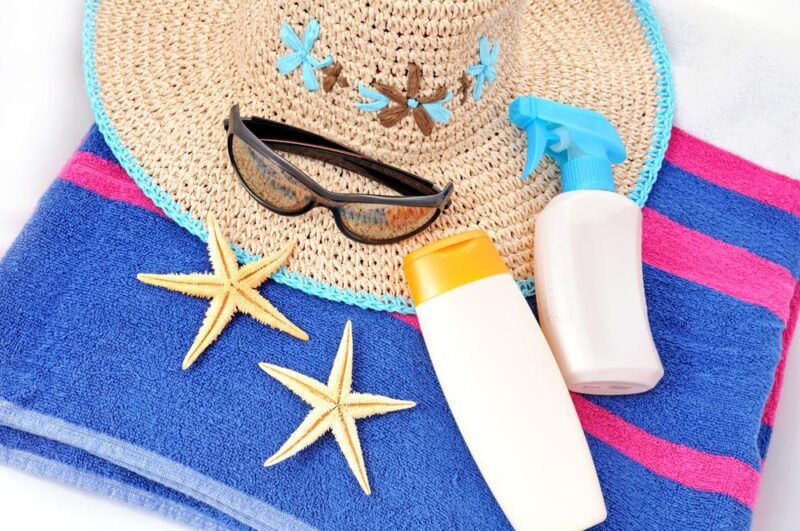
2. Natural ingredients
Sunscreens use two types of UV-filter: chemical or mineral, which can be combined or used separately.
Mineral (or “natural”) filters: Form a barrier on the skin, preventing UV rays from entering. They reflect UV rays and are less penetrating; so creating a “screen effect”.
Chemical filters: Made from petrochemicals, these substances penetrate the skin and absorb the UV-rays, converting them into heat.
Practical advice: Check the list of ingredients: Conventional sunscreens may use ingredients such as benzophenone-3 and octocrylene, which have been reported as emerging pollutants. Natural sunscreens, particularly those meeting the certification requirements of the NATRUE Label criteria, formulations will only use mineral filters like zinc oxide or titanium dioxide. When looking for a natural product, like a sun cream, you can check NATRUE’s database for those that meet the NATRUE Label criteria. Additionally, the NATRUE label guarantees that the whole formulation has been checked to ensure that the product is a truly natural or organic cosmetic.
Choose a sunscreen with the right SPF for your skin type and intensity of sun exposure
3. Efficacy and water resistance
The effectiveness of a sunscreen depends not only on the SPF, but also on how long it lasts on the skin during exposure to the sun. According to the EU Cosmetics Regulation and Regulation (EC) No. 655/2013, all product claims must be substantiated in order to avoid misleading the consumer; so legally any product claiming long-lasting protection, including impacts like perspiration or water activities, would need to have scientific evidential support to support the claim.
Practical advice: Water resistance is an important feature to consider, especially if you plan to swim, spend a day at the beach or sweat a lot. A water-resistant sunscreen will stay on the skin longer, providing continuous protection. Also, for these types of exposures we recommend you follow the instructions on frequency of reapplication. – Don’t forget to apply sunscreen to areas that are often overlooked, such as ears, ankles and toes.
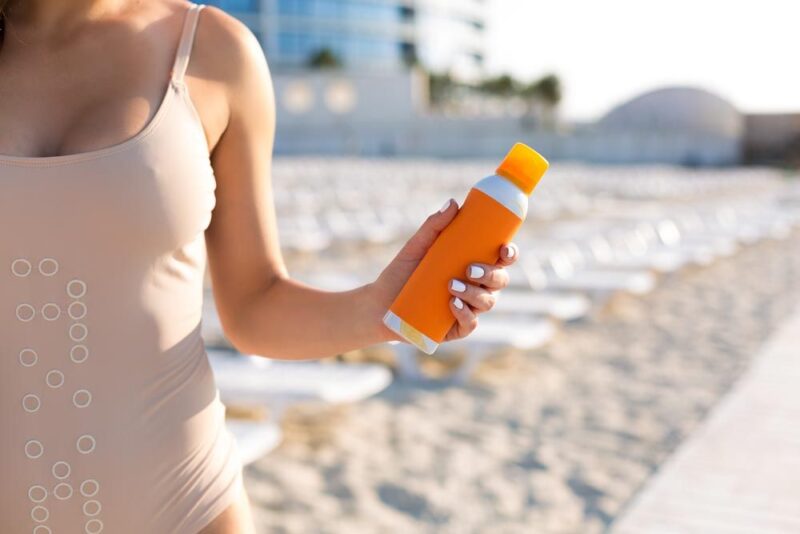
4. Texture and application
NATRUE recognises that texture and ease of application are important for the regular use of sunscreens. Sunscreens come in various formats, such as lotions, gels, sprays and sticks, each with its advantages and disadvantages, depending on personal preferences and activities.
Practical advice: Consider ease of application, especially if you need to reapply frequently or in situations where application may be difficult (such as at the beach).
Choosing the right sunscreen is crucial to protect your skin from the harmful effects of the sun, not just in summer but all year round; UV rays are always present! While in summer you should use sunscreens with higher SPF, in winter you can also find products with lower SPFs, like day creams, to continue protecting your skin.
Author: Paula Gómez de Tejada, NATRUE Global Communications and Public Relations Manager.
The article Which Sunscreen Should I choose? A natural perspective appeared first on Bio Eco Actual.


